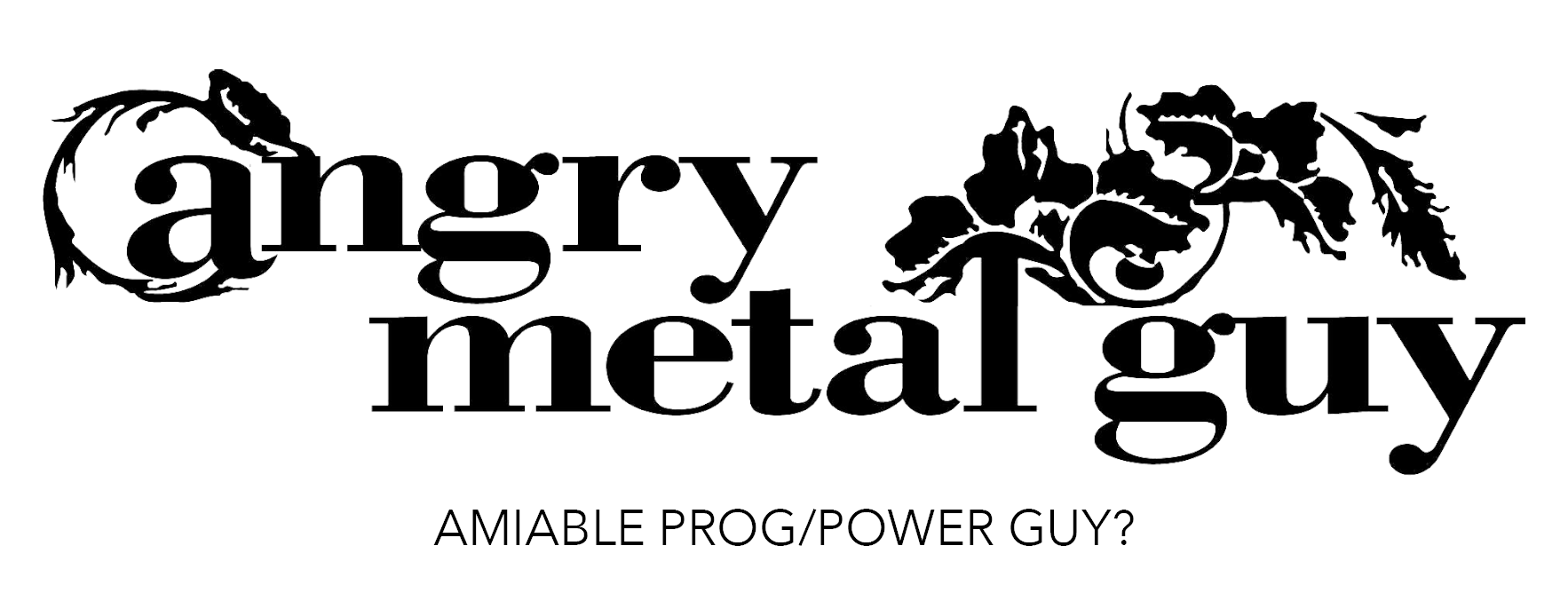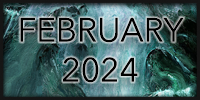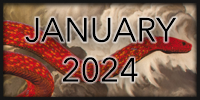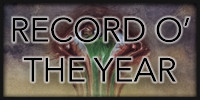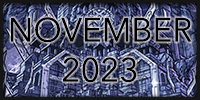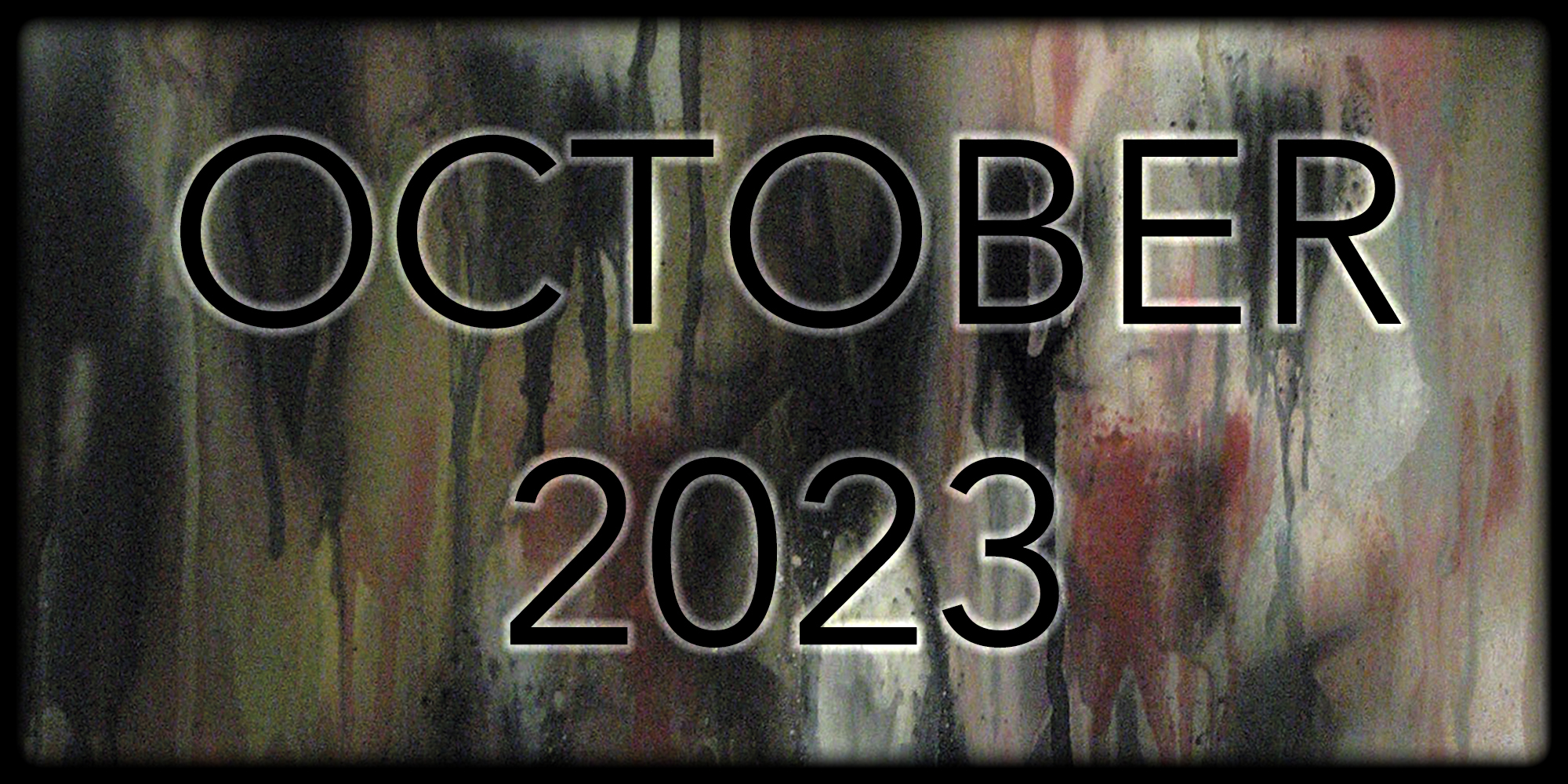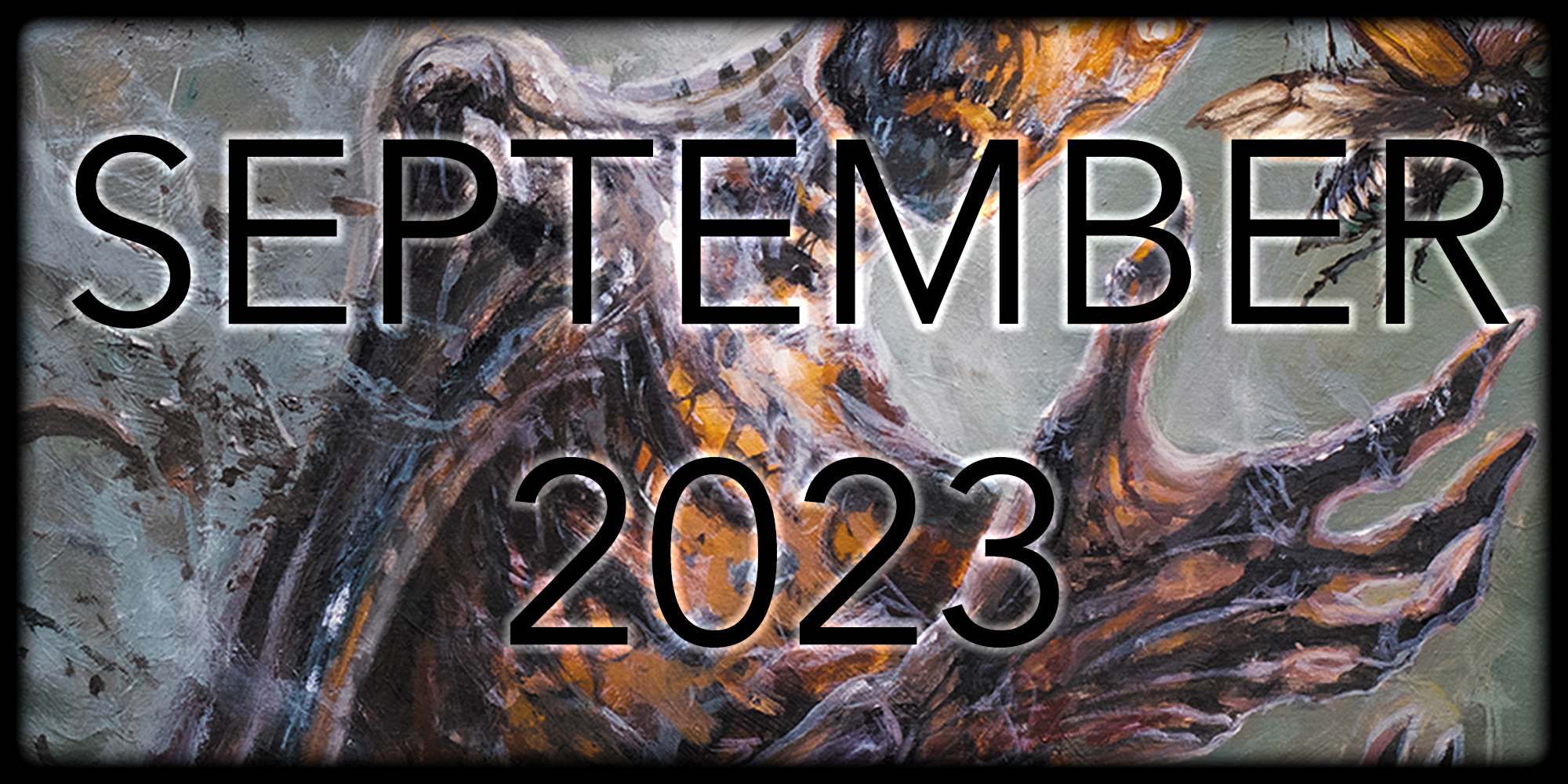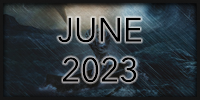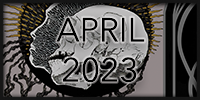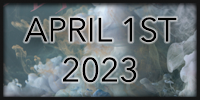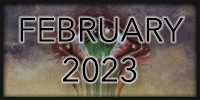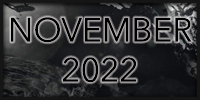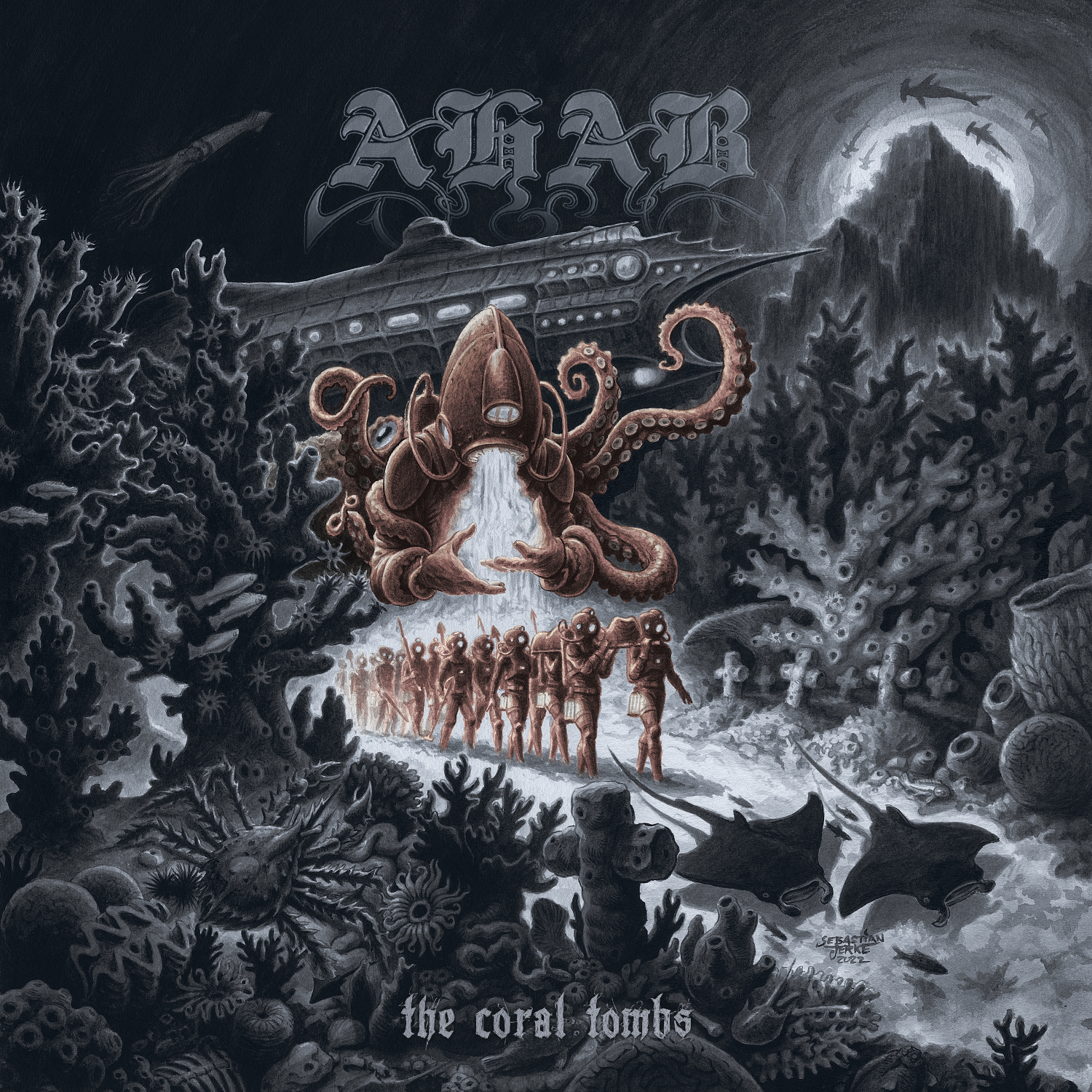
While no Ahab album is perfect, each has an indomitable feel. They’re big. They’re heavy. They’re powerful. This trend continues with The Coral Tombs. It’s grandiose and substantial in a way that’s difficult to articulate. But this can be at least partly attributed to the chewy guitars, engrossing atmosphere and Daniel Droste’s awesome vocals. His guttural growls penetrate the depths of your soul, while his cleans do more heavy lifting on this album than any previously. He has a fairly narrow range but an idiosyncratic tone with amazing feel. His emotion is palpable and contributes to the album’s gravitas through soaring cleans. Paradoxically, The Coral Tombs’ subtlety also augments its grandiosity. Ahab’s dynamic shifts between tempo, melody and instrumentation, including layering and de-layering which is so gradual as to be imperceptible, indicate that they are masters of their craft. The music deftly morphs from gentle ambience to deathly doom and it’s a bewildering but enjoyable experience.
The Coral Tombs is also marked by a more varied approach than previously. A number of tracks double down on influences creeping into the last couple of Ahab records. For example, “Prof. Arronax’ Descent into the Vast Oceans” opens affairs with a creeping ambiance but quickly rolls into a passage blackened by blast beats and shrieks. It’s a shocking introduction for those that may have expected something slow and doomy. Meanwhile, “The Sea as a Desert” has a MENA flavor where the titular desert wafts through the opening. It’s tinged with psychedelia with an improvised, whimsical edge. And all the way through the record, the prettier, minimalist moments draw largely from post-rock. Of course, the epic song lengths and detailed, subtle compositions also belie the strong progressive strain running through much of Ahab’s discography. Despite this newfound variety, make no mistake that The Coral Tombs is primarily a doom album. The outside influences may be more pervasive than ever, but they’re anchored by the chewy leads, mid-pace and plodding rhythms which have always formed the largest part of the Ahab sound.
On the subject of those minimalist moments, The Coral Tombs spends a significant chunk of its not-insignificant duration moving at a slow pace through passages that aren’t heavy in the conventional sense, lacking one or all of the thick guitars, drums, bass or growls found elsewhere. It is consequently the “lightest” Ahab release. But these quieter sections still have the hallmarks of a heavy band. Some leverage a melancholic beauty which have a rich, beguiling effect (“Prof. Arronax’ Descent”), while others move through turgid, muddy waters to break that beautiful spell (the middle of “Mobilis in Mobili”). The title track uses a sedate, moody passage before its climactic finale to remind its listener that they’re 20,000 leagues under the seas, surrounded by oppressive, silent blackness. Ahab develops their sound while retaining their weight.
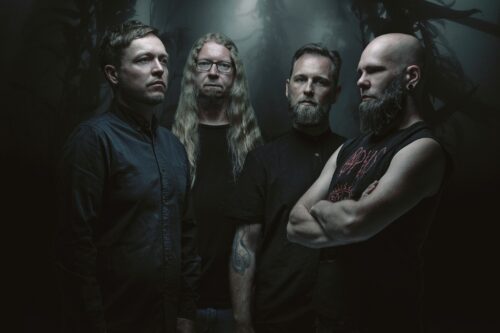
All of this success takes a toll though; 66 minutes of this kind of doom is emotionally and physically draining, and it’s therefore a lot to take in during one sitting. I found my engagement was better maintained with a couple of pauses, even if this does disrupt the atmosphere. The Coral Tombs has a lingering feel where it takes its damn time going anywhere. This is, of course, normal for funeral doom but I found it diminishing my pleasure just a little. There’s incredible depth across the record, and each listen reveals something new; but crucially, taking that break refocused my attention in order to catch the new elements. Clearly, this detracts from the “entire album as an art form” assessment.
The Coral Tombs finds Ahab just as big, just as heavy, and just as powerful as they’ve ever been. This remains true even though this release falls the furthest from a prior release within their discography and features many passages without proper doom and death metal. While there may be individual moments that I still prefer from the past couple of records – “The Isle” is stunning – The Coral Tombs is stronger overall (and is certainly stronger than The Boats of the “Glenn Carrig”). It still boasts the idiosyncratic fusion of melancholy, beauty and heaviness for which they’re known, with quieter moments which are better than ever. Though it is too much of a good thing and necessitates a couple of intervals, Ahab still comes with my despondent but hearty recommendation.
Rating: 3.5/5.0
DR: NA | Format Reviewed: Stream only
Label: Napalm Records
Websites: ahab.bandcamp.com | facebook.com/ahab
Releases Worldwide: January 13th, 2023
